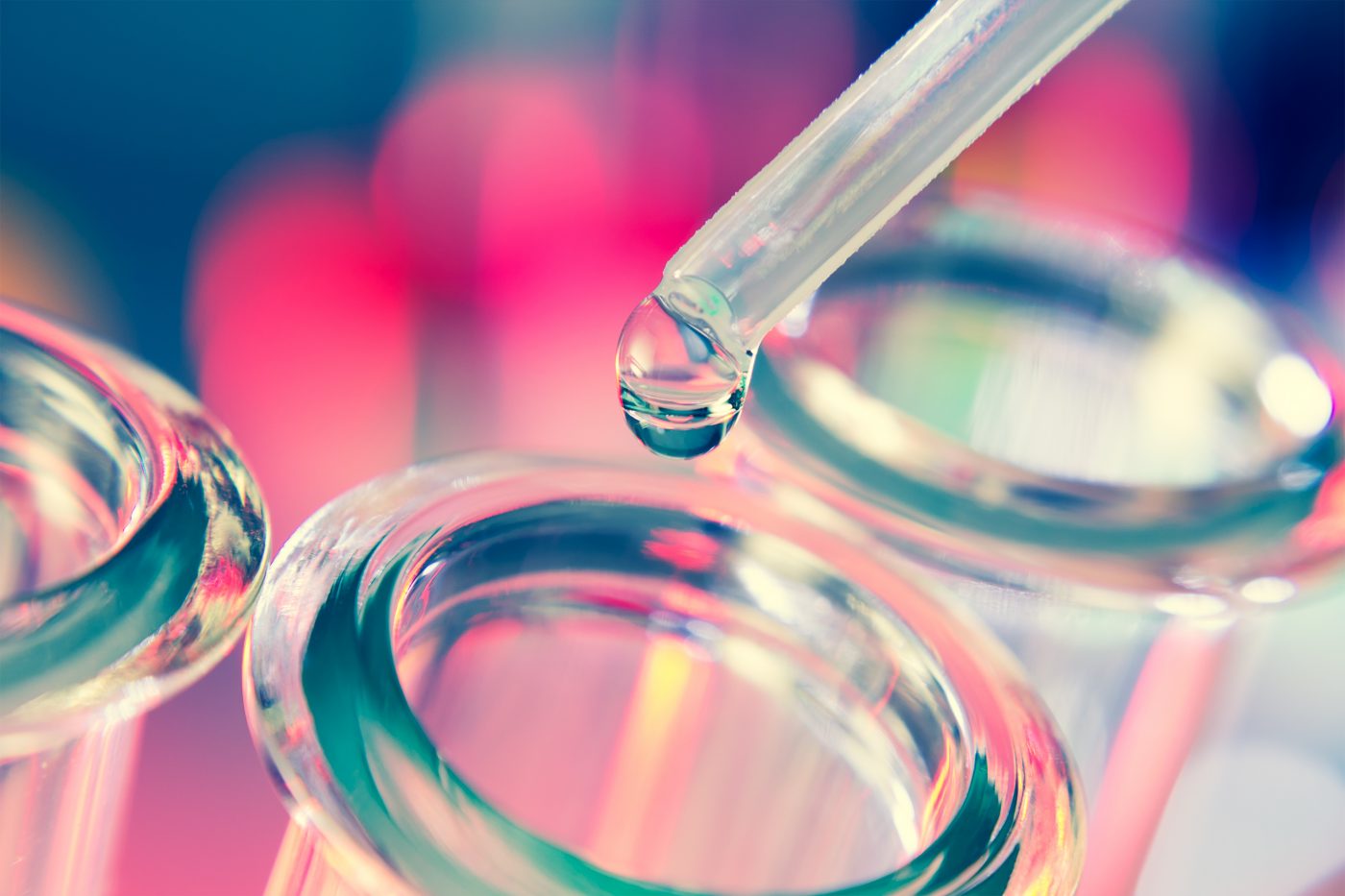Chia Seed Extract May Lower Inflammation in Brain, Study Finds

Compounds extracted from chia seeds could lower the inflammatory activity of brain immune cells, a study suggests.
Although additional research is needed, these findings could have implications for patients with neurodegenerative diseases such as Parkinson’s.
The study, “Neuroprotective effect from Salvia hispanica peptide fractions on pro‐inflammatory modulation of HMC3 microglial cells,” was published in the Journal of Food Biochemistry.
Microglia are a type of brain cell that play important roles in nervous system immunity. While these cells are crucial for protecting the brain from infectious invaders, once over-activated, they can also help drive inflammation in the brain. This neuroinflammation is believed to contribute to numerous neurological conditions, including Parkinson’s disease.
Chia (Salvia hispanica) is a plant species native to Central America. The consumption of chia seeds has increased over the years because they are high in omega-3 fatty acids and dietary fiber.
“A byproduct during the production of chia oils is the protein portion, which is a promising source of bioactive peptides [small proteins], with application in the prevention and treatment of chronic metabolic diseases,” the researchers wrote in the study.
In fact, some studies have suggested that compounds in chia seeds could lower inflammation.
To examine this, the researchers investigated the effect of proteins extracted from chia seeds on microglia. Specifically, they used the HMC3 cell line. This is a line of microglia that have been immortalized (engineered to divide indefinitely), which makes the cells easier to study in dishes in a lab.
The cells were treated with various fractions of chia seed extract. Essentially, the researchers isolated proteins from chia seeds, then divided the proteins based on size (in kilodaltons, or kDa). One fraction held all peptides under 1 kDa, one included those between 1 and 3 kDa, and one had peptides between 3 and 5 kDa.
None of the chia peptide fractions significantly decreased cell viability — that is, they weren’t toxic to the HMC3 cells. The researchers then tested how pre-treatment with the fractions affected how the cells responded to various stresses.
First, they treated the cells with tert-Butyl hydroperoxide (TBHP), an oxidative chemical that damages many cell structures. In cells with no pre-treatment, cell viability (the percent of living cells) was lowered to about 40%. Pre-treatment with all of the chia fractions significantly reduced the number of cells that died.
According to the researchers, “no peptide fraction … reported a cytotoxicity of less than 80%,” establishing them as safe for biological studies, since a given treatment with a viability of 80% or above is generally considered non-toxic.
TBHP treatment prompted the HMC3 cells to produce reactive oxygen species (ROS). These are unstable, highly reactive molecules that microglia make to help fight off bacteria, though they can also be highly damaging to surrounding neurons in the context of the brain.
Pre-treatment for 48 hours with any of the chia peptide fractions significantly lowered TBHP-induced ROS production. The most effective in this regard was the 1-3 kDa fraction, which returned ROS levels to nearly what they were without TBHP treatment.
Because microglia become activated in response to infection, the researchers also treated the HMC3 cells with a bacterial molecule called lipopolysaccharide (LPS) that activates them.
In response to LPS treatment, the HMC3 cells produced increased levels of ROS, as well as other pro-inflammatory molecules, including nitric oxide, tumor necrosis factor alpha, and various interleukins.
Pre-treatment with the chia protein fractions significantly decreased all LPS-induced inflammatory processes. The greatest reductions across all of these inflammatory markers were seen after pre-treatment with the 1-3 kDa fraction.
This study supports the anti-inflammatory action of proteins in chia seeds, particularly peptides in the 1-3 kDa fraction. This fraction, “is an important study target for future research on the neuroprotective effect,” the researchers wrote.
Future investigations will be needed to understand exactly which protein(s) in this fraction are responsible for the observed effect and how they work.






